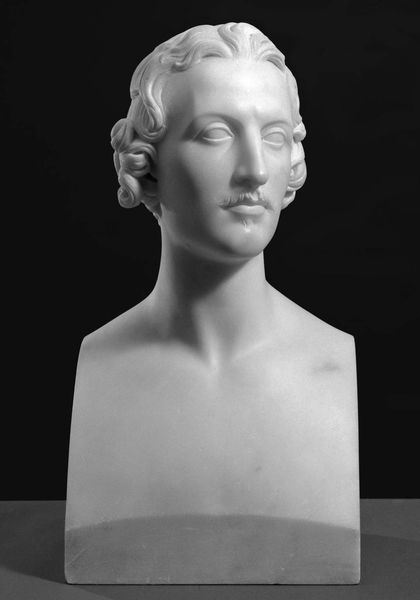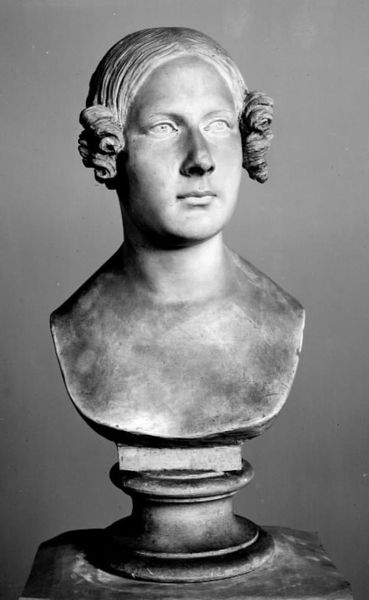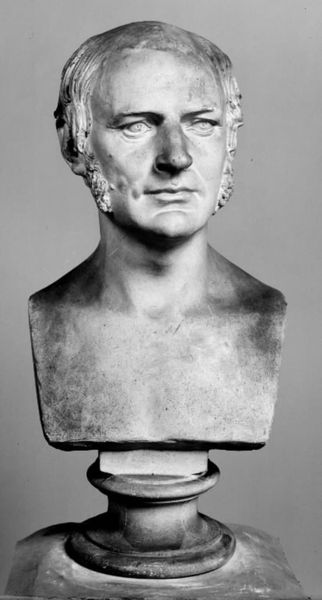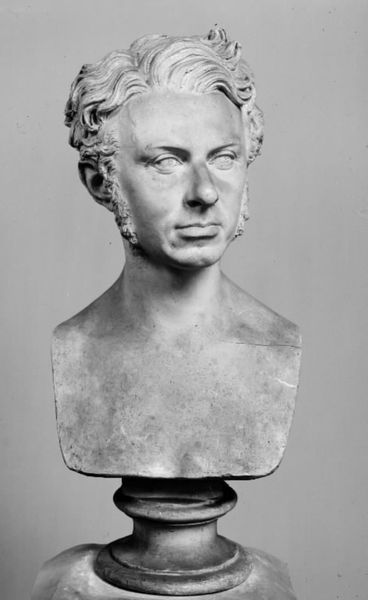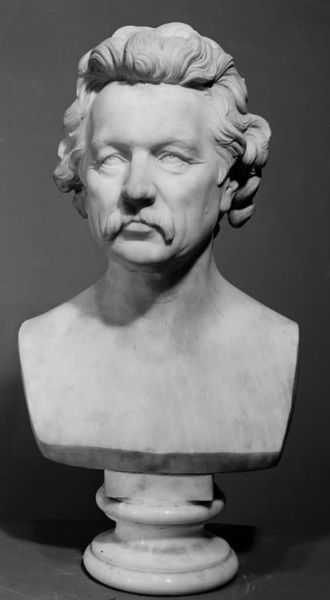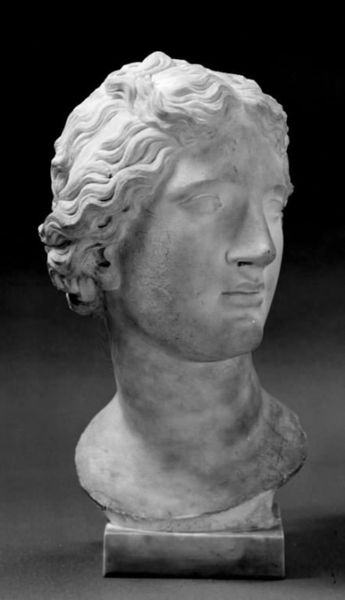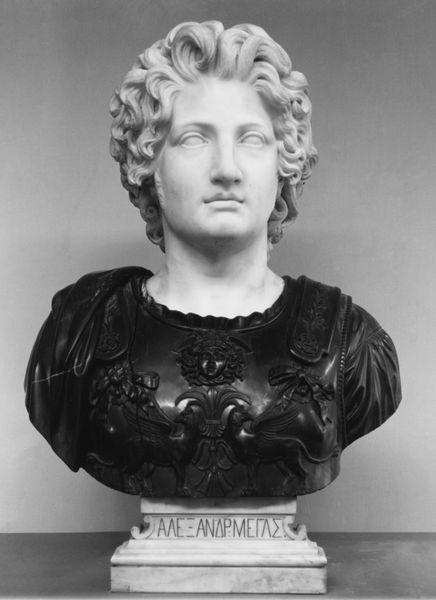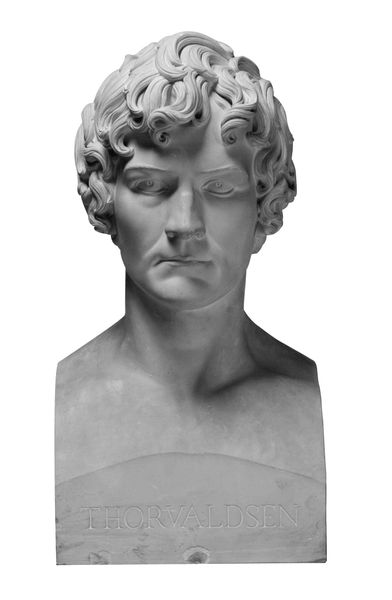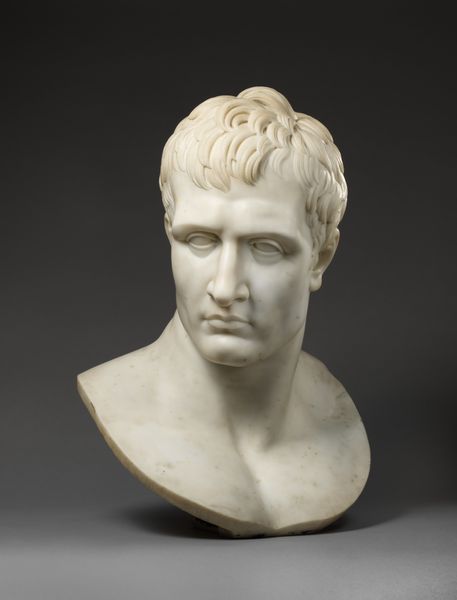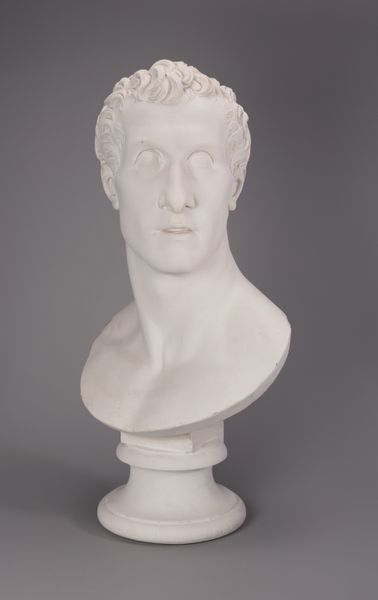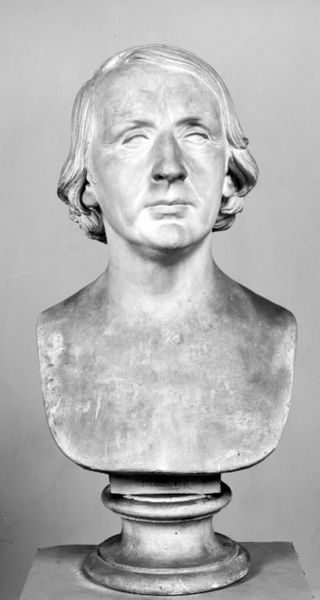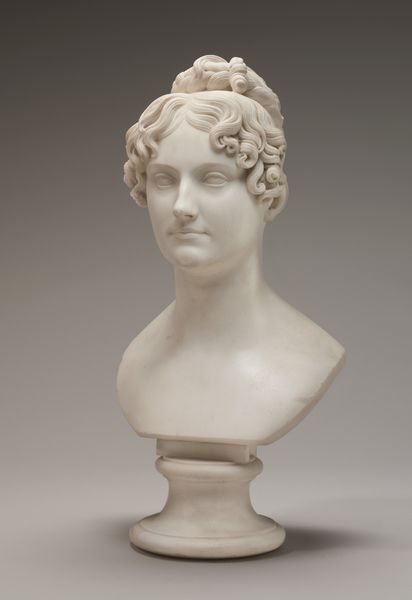
carving, sculpture, marble
#
portrait
#
neoclacissism
#
statue
#
carving
#
sculpture
#
classical-realism
#
sculpture
#
marble
#
realism
#
statue
Copyright: Public domain
Editor: Here we have Houdon’s marble bust of Denis Diderot, created in 1773. It feels like such a direct, honest portrayal, not at all idealized like some other portraits of the time. What do you see in this piece? Curator: This bust offers more than just a likeness; it’s a study in the public intellectual as a figure of the Enlightenment. Houdon was adept at capturing the spirit of his sitters. How do you think this particular representation of Diderot, a key figure in the Enlightenment, served a purpose beyond simple commemoration? Editor: It’s like Houdon wanted to show Diderot as a serious thinker. Maybe commissioning a bust was a way for Diderot to solidify his own legacy? To show himself to the world, and to posterity, in a particular light? Curator: Precisely! Think about the cultural context: the Enlightenment valued reason, observation, and individual achievement. Houdon's naturalistic style aligned with this ethos. Consider, too, the power dynamics at play. Who commissioned this bust, and what did they hope to achieve by showcasing Diderot in this manner? Editor: It looks like he's someone you could actually have a conversation with, compared to, say, a royal portrait dripping with symbolism and status. He's accessible. So, showing a philosopher like this, almost as an "everyman," helps spread those Enlightenment ideas? Curator: Indeed. The rise of public museums and salons in this period meant art increasingly played a role in shaping public opinion and celebrating intellectual achievements. Houdon’s Diderot participates in constructing and celebrating that public intellectual. Editor: This really highlights how even a portrait bust isn’t just about capturing someone's appearance; it's a statement. Curator: Exactly! Reflecting on the networks of power, patronage, and intellectual movements is crucial. We aren't just looking at a sculpture; we are considering how it functioned and what it signified within a specific cultural moment. Editor: I see this sculpture in a completely new light now, thinking about its role in shaping ideas!
Comments
No comments
Be the first to comment and join the conversation on the ultimate creative platform.
